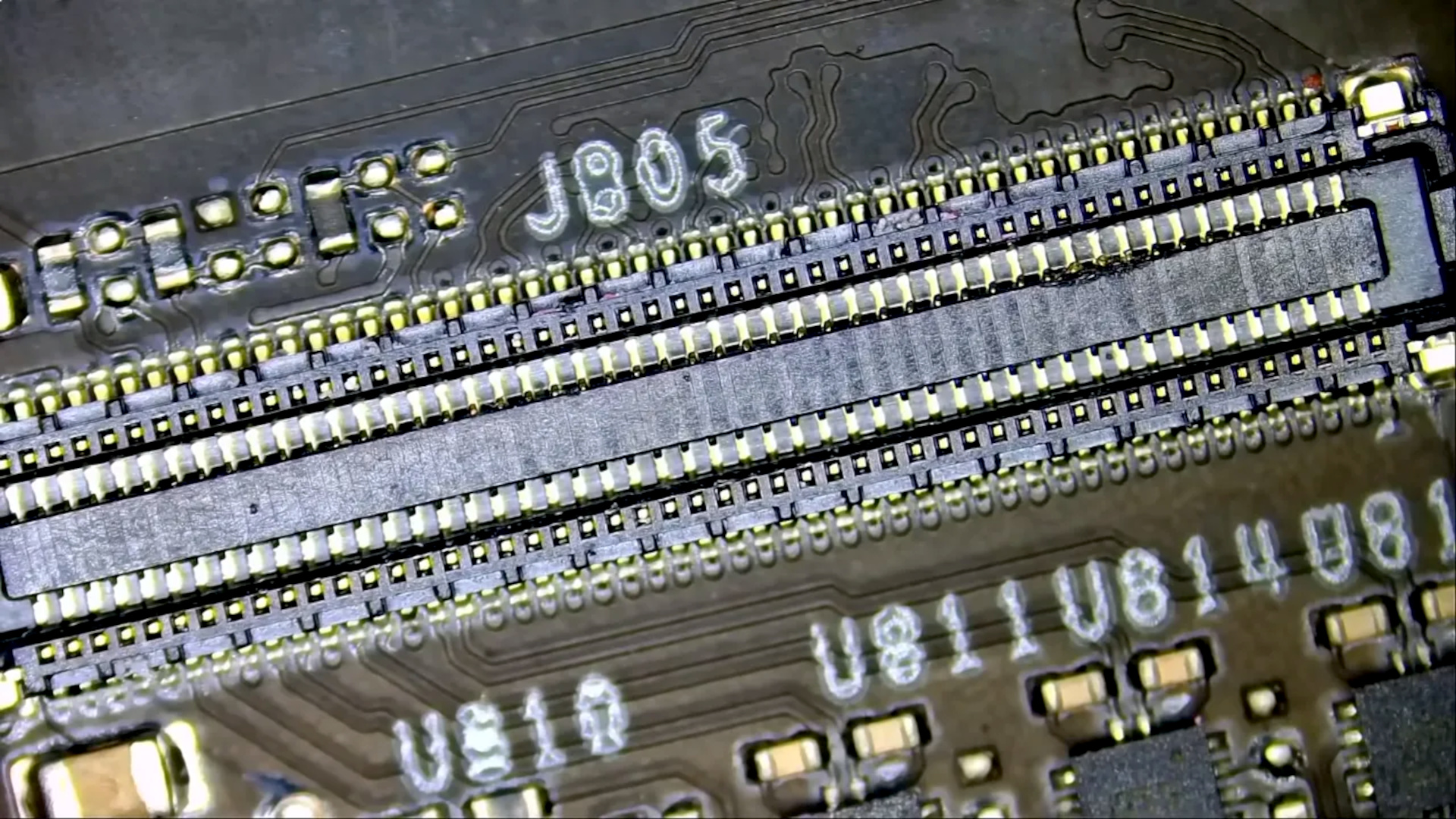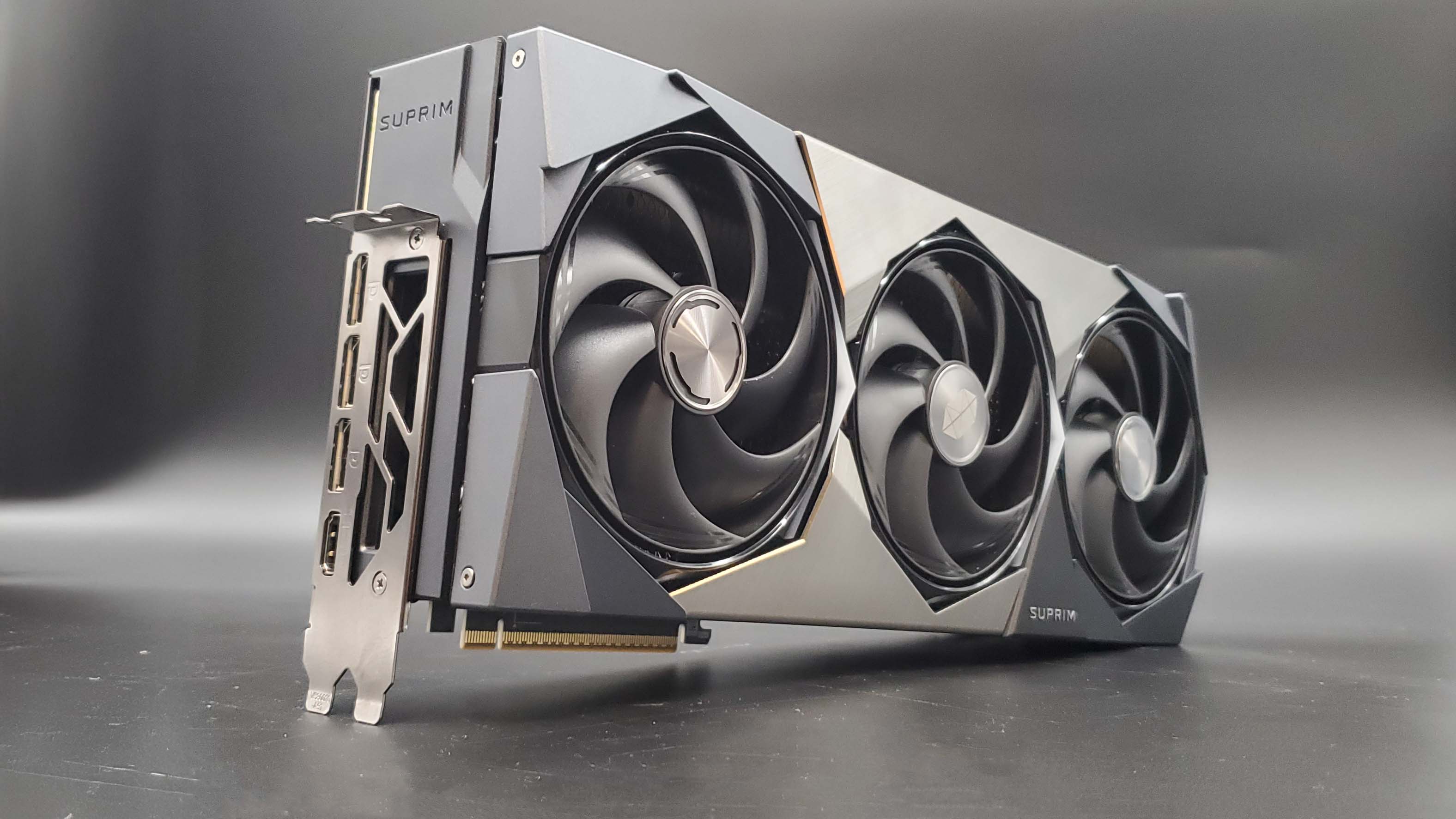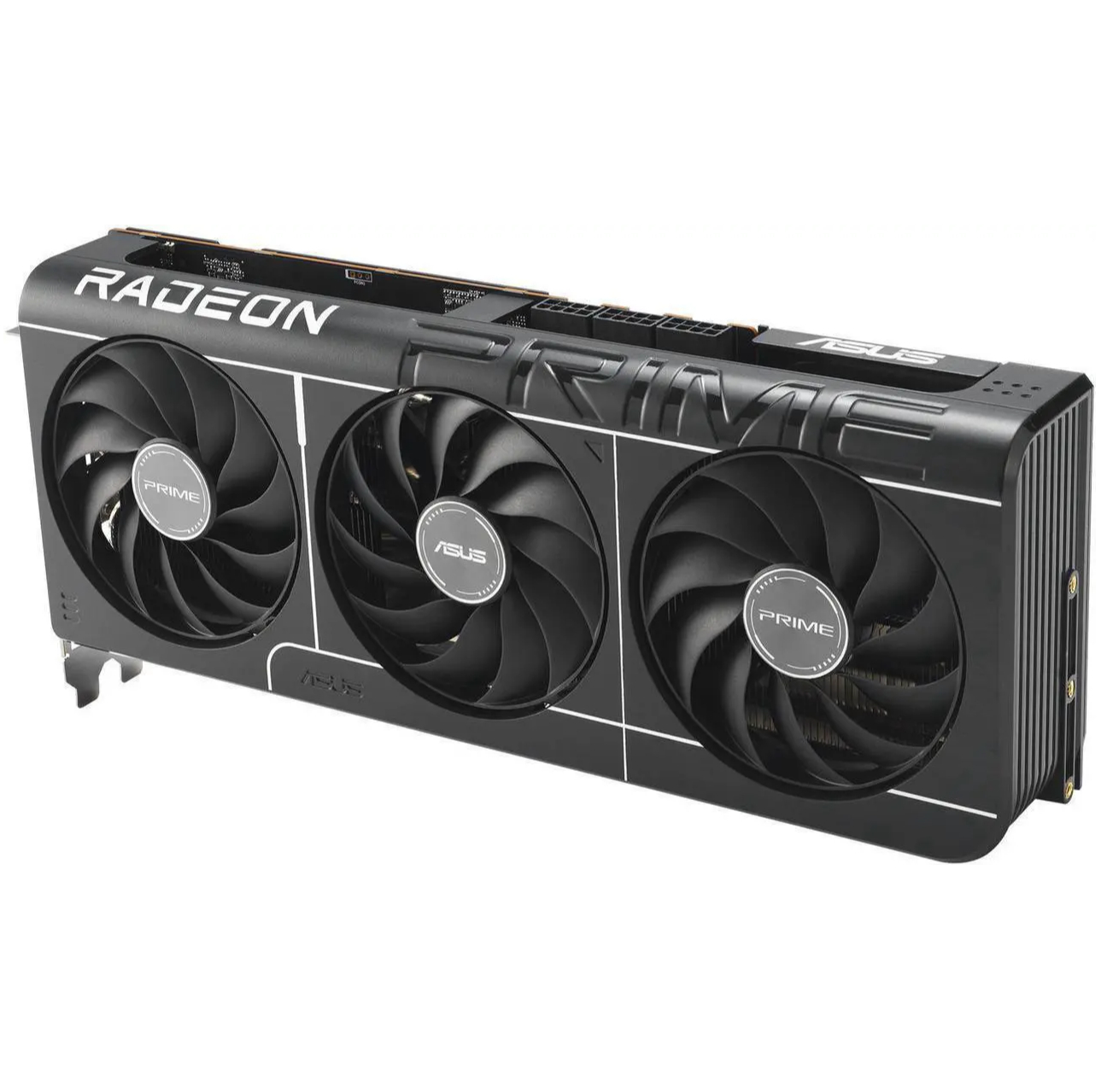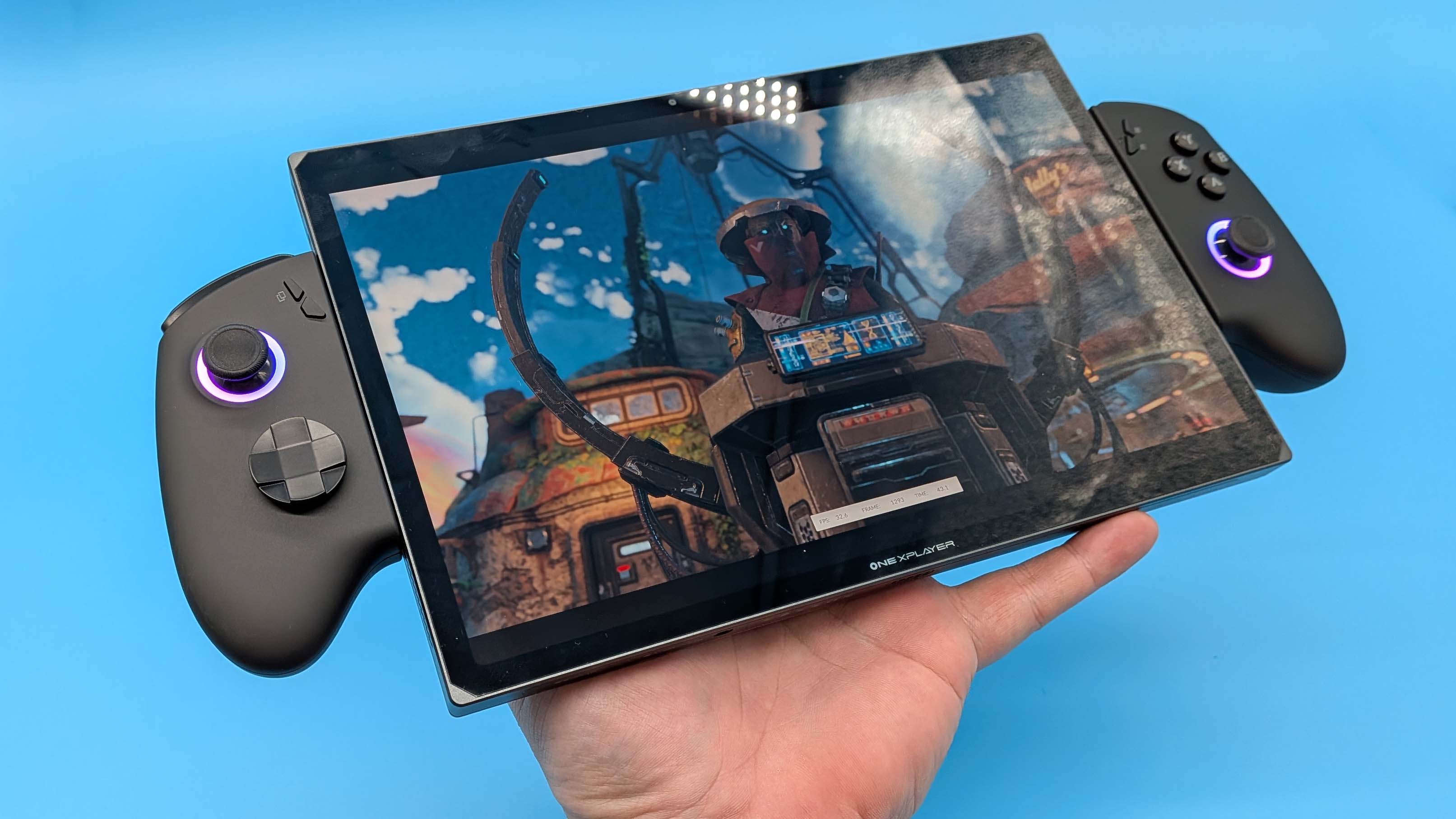'I would stay as far away from the Founders Edition 5090 as I possibly can,' says one experienced repair tech, as a key internal connector can't be sourced for replacement
If you are going to waterblock an RTX 5090, you're far better off choosing a third-party model rather than Nvidia's complex affair.
Given the huge amount of heat that GeForce RTX 5090 graphics cards can generate, it's no surprise that some PC enthusiasts turn to water blocks to tackle the blaze. However, one experienced repair technician has discovered that should you make a mistake during the process of disassembling the card and applying the water block, and damage an internal connector, the whole thing will be borked because there's no replacement for it.
That's according to NorthridgeFix (via Tom's Hardware) in a recent YouTube video, covering a repair case it was hired to fix. A customer had sent in a non-functioning RTX 5090, which had failed after trying to apply a water block to it.
Unlike most graphics cards, Nvidia's Founders Edition RTX 5090 comprises two circuit boards: the primary one, which houses the GPU, VRAM, and power delivery, and a smaller secondary board for the PCIe slot connector.
The two boards click together via a fixed mechanism, rather than a ribbon cable, a bit like a very small PCIe slot. In NorthridgeFix's own words, it is a "stupid design" because it is "very fragile". It's this particular connector that had broken when the customer had tried to put their RTX 5090 FE back together after applying the water block.
Ordinarily, this wouldn't be a problem for a decent repair technician, because they can simply desolder the old one and slap on a new set. However, in the case of Nvidia's RTX 5090, there's just one teensy problem: you can't buy a replacement set, and because the connection system is proprietary to Nvidia, you can't swap it for a general connector either.

Cue several thousand dollars' worth of dead GPU, all for the sake of a single connector.
One might have little sympathy for the customer for not being careful enough when handling such an expensive piece of kit. Accidents happen, though, and I've permanently killed a couple of high-end motherboards in the past 14 months, through very minor incidents that unfortunately resulted in them being permanently toast.
Keep up to date with the most important stories and the best deals, as picked by the PC Gamer team.
So, is NorthridgeFix correct? Should we avoid Nvidia's Founders Edition RTX 5090s at all costs? Well, there are some good reasons for doing so (outrageous cost, coil whine, dumps masses of heat inside your PC case), but if you never plan to open up the card, then you shouldn't experience any issues regarding said connector.
However, what if you want to replace the thermal grease and pads at some point in the future? What if you accidentally drop it while doing a routine service of your gaming PC? In the case of the former, it would seem that you need to be extra careful in taking apart the FE RTX 5090, because if you do damage that board-to-board connector, it's unlikely it can ever be fixed.

You might think that the latter situation shouldn't be of any major concern, but should the drop results in an impact on the PCIe connector, there's a chance that the jolt causes the little connector to break.
Third-party RTX 5090 models are more expensive than Nvidia's design, but since they're all single-board internally, you shouldn't need to worry about breaking any special connector, which you can't replace, when it comes time to refresh the thermal grease on the GPU.
Nvidia's Founders Edition RTX 5090 is a beautiful-looking design, and I have one on my desk right now to remind me of just how superb it is. But it would seem that despite its enormous power and heft, it's quite a fragile little thing inside. Maybe a quick email to Foxconn (or whoever makes the FE cards) might be in order, so that repair shops can get hold of those connectors, yes?

1. Best overall: AMD Radeon RX 9070
2. Best value: AMD Radeon RX 9060 XT 16 GB
3. Best budget: Intel Arc B570
4. Best mid-range: Nvidia GeForce RTX 5070 Ti
5. Best high-end: Nvidia GeForce RTX 5090

Nick, gaming, and computers all first met in the early 1980s. After leaving university, he became a physics and IT teacher and started writing about tech in the late 1990s. That resulted in him working with MadOnion to write the help files for 3DMark and PCMark. After a short stint working at Beyond3D.com, Nick joined Futuremark (MadOnion rebranded) full-time, as editor-in-chief for its PC gaming section, YouGamers. After the site shutdown, he became an engineering and computing lecturer for many years, but missed the writing bug. Cue four years at TechSpot.com covering everything and anything to do with tech and PCs. He freely admits to being far too obsessed with GPUs and open-world grindy RPGs, but who isn't these days?
You must confirm your public display name before commenting
Please logout and then login again, you will then be prompted to enter your display name.

